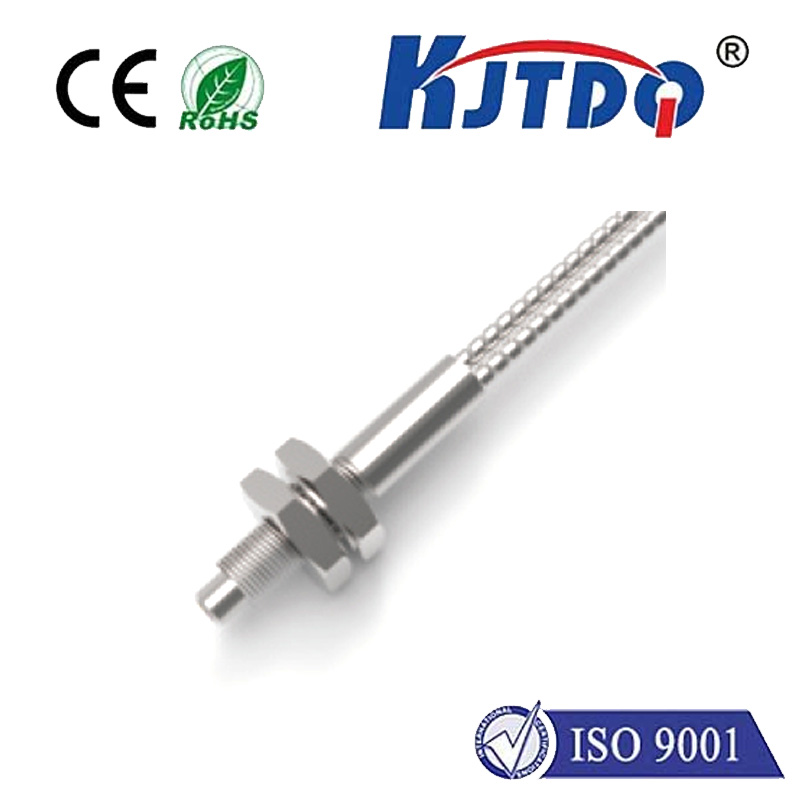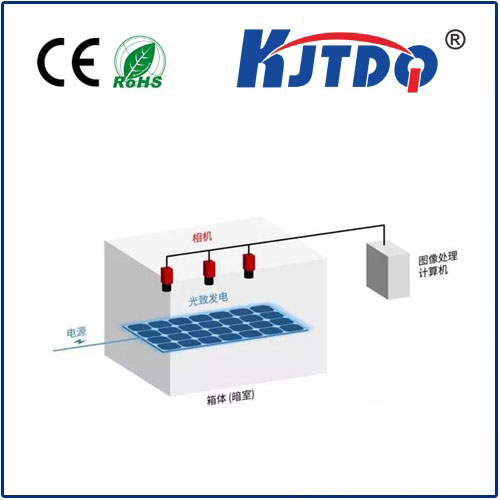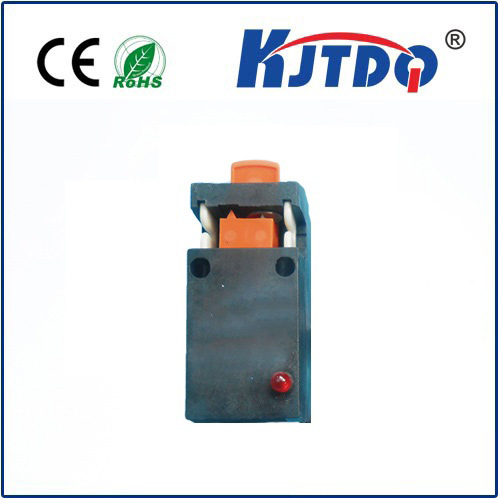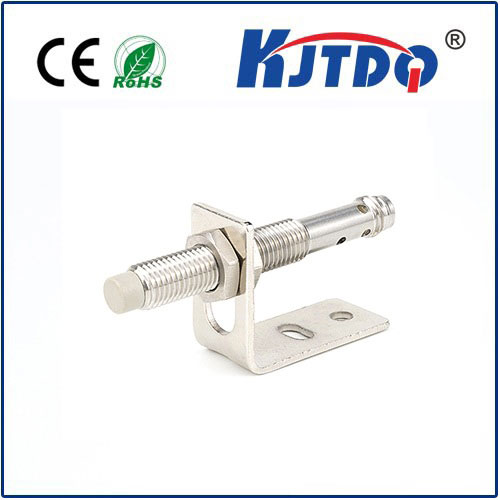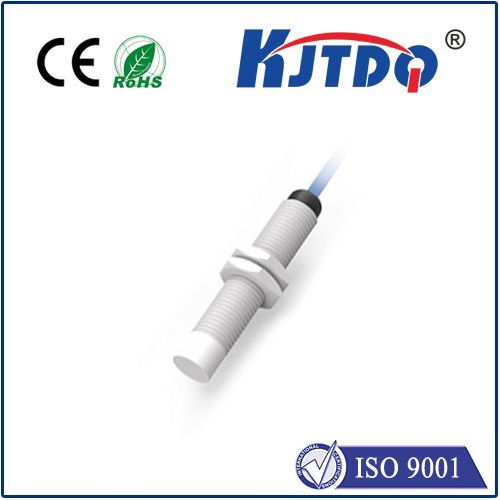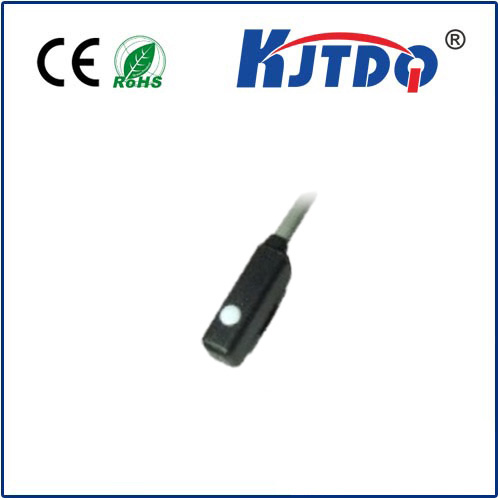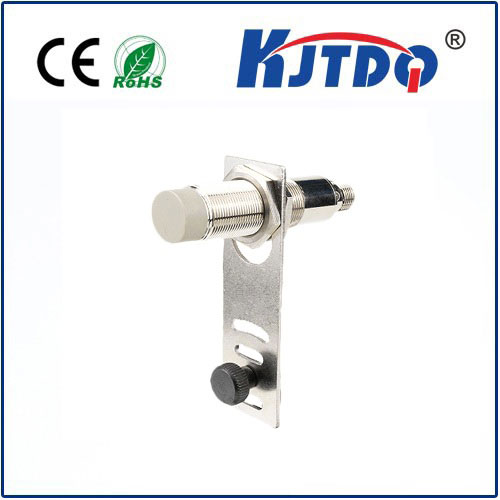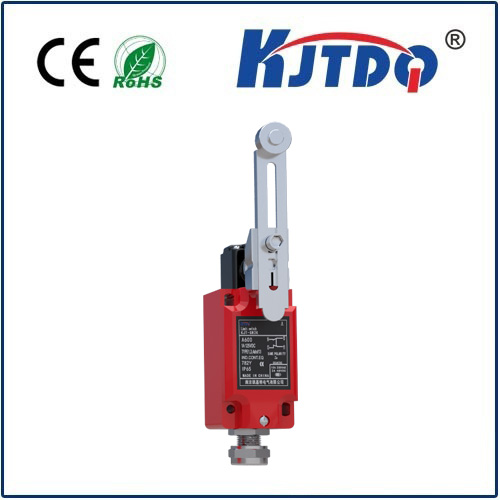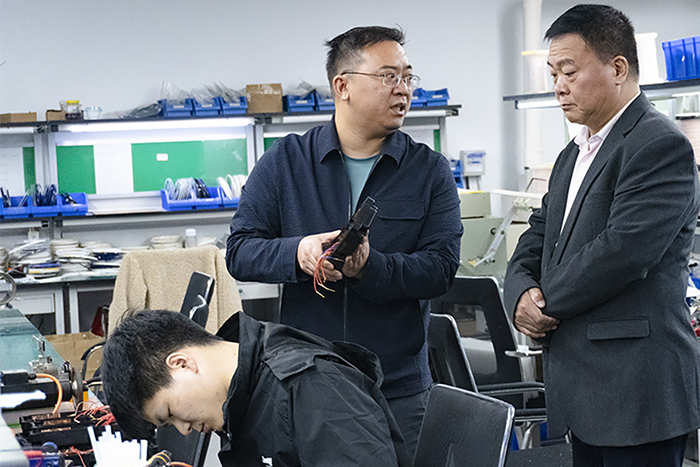
check

check

check
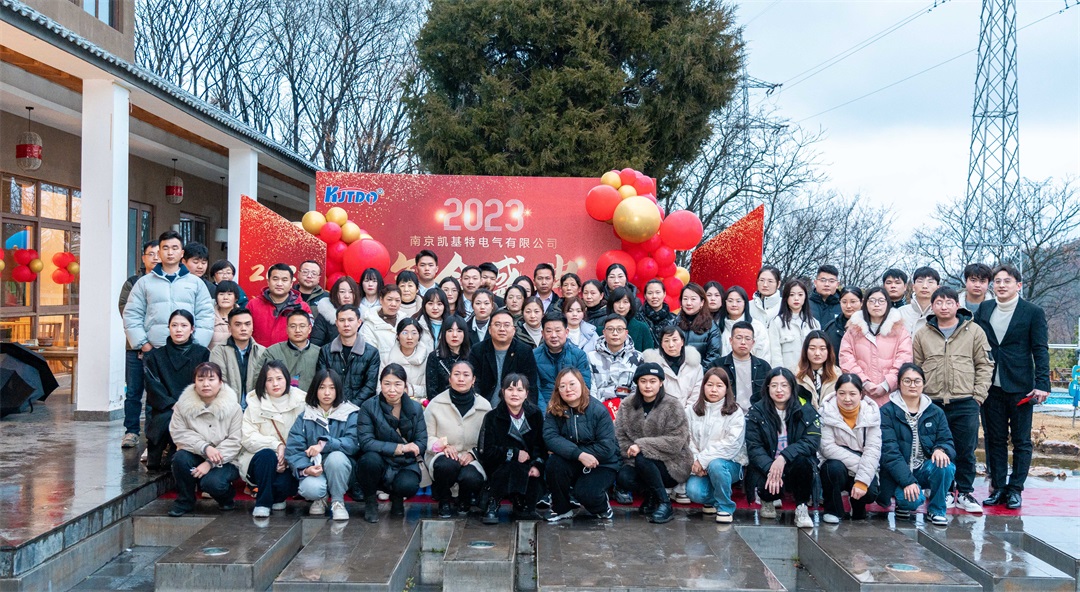
check
High Precision Laser Distance Sensors: Revolutionizing Measurement Accuracy In today’s fast-paced technological world, precision is everything. Whether it’s in manufacturing, construction, robotics, or even everyday applications, the ability to measure distances with pinpoint accuracy can make all the difference. High precision laser distance sensors have emerged as a game-changer in this domain, offering unparalleled accuracy, speed, and reliability. This article delves into the world of these advanced sensors, exploring their working principles, applications, and the benefits they bring to various industries.
Laser distance sensors are devices that use laser technology to measure the distance between the sensor and a target object. They operate on the principle of time-of-flight (ToF), phase-shift, or triangulation, depending on the specific sensor design. These methods ensure that measurements are not only precise but also incredibly fast, often delivering results in milliseconds. The high precision aspect of these sensors is achieved through advanced optics, precise calibration, and sophisticated algorithms. This allows them to measure distances with micrometer-level accuracy, making them indispensable in applications where even the slightest error can lead to significant consequences.
Exceptional Accuracy: High precision laser distance sensors can achieve measurement accuracies of up to ±0.1 mm or even better. This level of precision is crucial in industries like aerospace, where even a minor miscalculation can compromise safety.
Fast Response Time: These sensors can provide measurements in real-time, making them ideal for dynamic applications such as robotics and automation.
Non-Contact Measurement: One of the standout features of laser distance sensors is their ability to measure distances without physical contact. This eliminates the risk of wear and tear, ensuring longevity and reliability.

Versatility: Whether it’s measuring short distances in a laboratory or long distances in construction, high precision laser distance sensors can handle a wide range of applications.
Compact and Robust Design: Modern laser distance sensors are designed to be compact, lightweight, and durable, making them suitable for use in challenging environments.
In manufacturing, high precision laser distance sensors play a critical role in quality control, ensuring that components are produced to exact specifications. They are also used in robotic arms for precise positioning and assembly tasks, enhancing efficiency and reducing errors.
In the construction industry, these sensors are used for land surveying, building inspections, and monitoring structural deformations. Their ability to measure long distances with high accuracy makes them invaluable in these applications.
The aerospace sector relies on laser distance sensors for tasks such as aircraft component alignment, wing deflection measurement, and satellite positioning. Their ultra-high precision ensures the safety and reliability of critical systems.
Laser distance sensors are also finding their way into healthcare, where they are used in medical imaging, robotic surgery, and patient monitoring. Their non-contact nature makes them particularly suitable for sterile environments.
From smartphones to drones, high precision laser distance sensors are being integrated into consumer electronics to enhance functionality. For example, they are used in autofocus systems for cameras and obstacle detection in drones.
As technology continues to evolve, the demand for even higher precision and greater versatility in laser distance sensors is expected to grow. Innovations such as AI-powered algorithms and miniaturized designs are likely to push the boundaries of what these sensors can achieve. Additionally, the integration of IoT (Internet of Things) capabilities will enable remote monitoring and control, opening up new possibilities for their use. The development of multi-function sensors that can measure not just distance but also temperature, humidity, and other parameters is another exciting trend. This will make them even more valuable in applications where comprehensive data collection is required.
When selecting a laser distance sensor, it’s important to consider factors such as measurement range, accuracy, response time, and environmental conditions. For example, sensors designed for outdoor use must be able to withstand harsh weather conditions, while those used in cleanrooms need to meet strict hygiene standards. It’s also essential to choose a reputable manufacturer that offers calibration services and technical support. This ensures that the sensor performs optimally throughout its lifespan and that any issues can be quickly resolved. In conclusion, high precision laser distance sensors are transforming the way we measure distances, offering levels of accuracy and reliability that were once unimaginable. As their applications continue to expand, they are set to play an even more significant role in shaping the future of technology.
